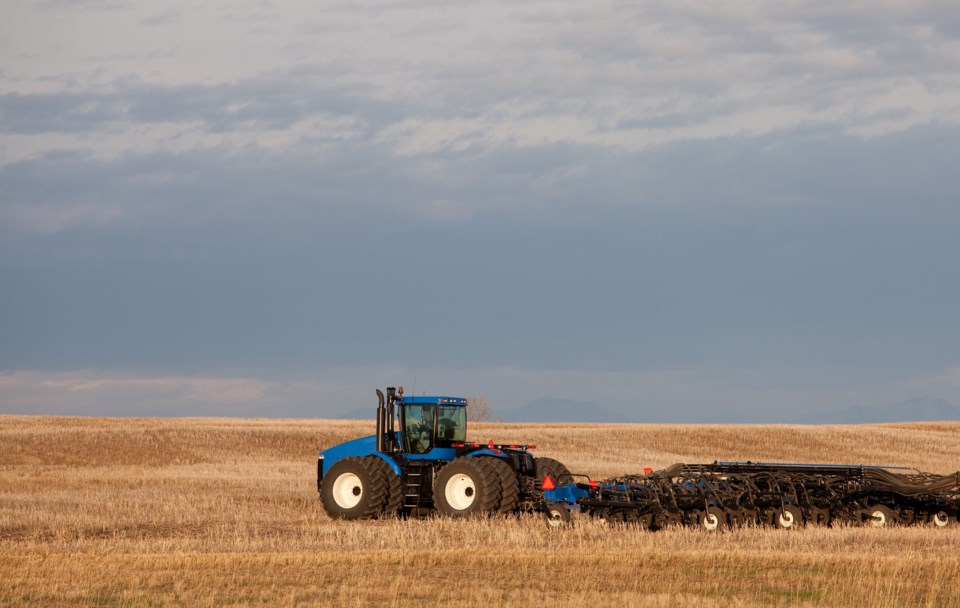OUTLOOK - Small, isolated showers dotted the region this week, according to the crop report for the period of July 18 to 24, but it was little benefit to the crop due to it 小蓝视频 far too late in the season. Crops in the region held on through the heat and drought of the growing season, but it has now dried down.
Some producers have started harvesting lentils and cereals, such as wheat and barley, are not far behind. Yields will be below average for the region and many producers indicate they will be cutting extremely poor fields for livestock feed. For those producers who received small, localized rains over the growing season, yield potential appears to be closer to the regional long-term average.
The dry weather has allowed haying progress to advance in the region with 92 per cent of the hay crop now baled or put into silage and the remaining seven per cent cut and waiting to be baled or put into silage. Hay quality is rated as 68 per cent good and 32 per cent fair. Hay yield is much lower than average for the region and many producers are worried about winter feed supplies, indicating they will be seeking alternative feed sources to avoid reducing herd sizes.
Cropland topsoil moisture is rated as 16 per cent adequate, 45 per cent short and 39 per cent very short. Hay and pasture land topsoil moisture is rated as six per cent adequate, 35 per cent short and 59 per cent very short.
The majority of crops in the west-central region are in very poor-to-good condition. Some producers are preparing for harvest and have desiccated pulse crops such as lentils and field peas.
Most of the crop damage this past week was due to drought, wind, heat and grasshoppers. Some crops in the region have been completely written off by the combination of drought and grasshopper damage.




